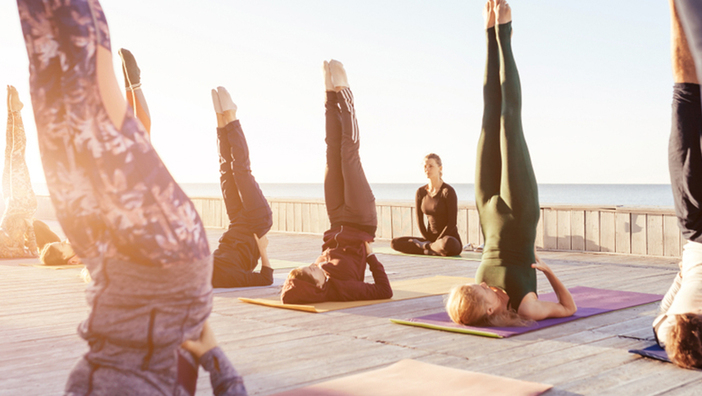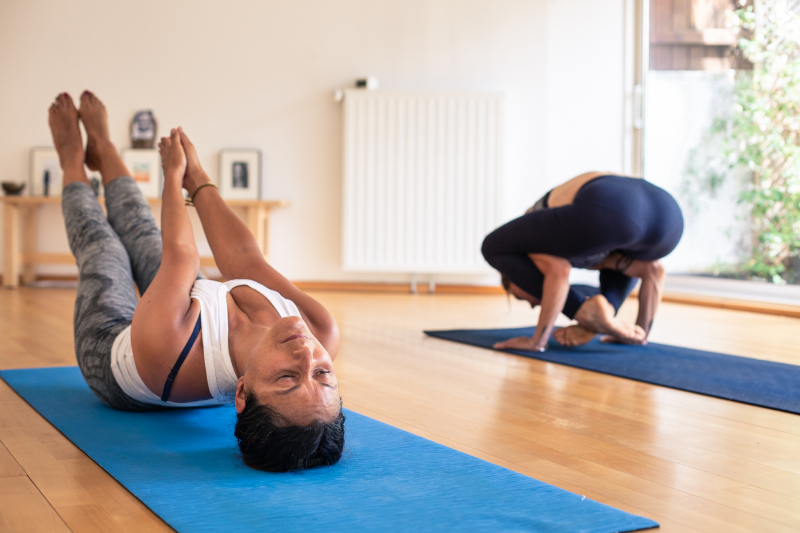Yin and Yang Yoga
In Chinese culture, the terms Yin and Yang yoga relate to a complicated relational idea in which opposing elements are considered interwoven and counterbalancing. Yin Yoga is a slower kind of yoga in which poses are held for extended periods of time, focusing on the body's deep, dense (Yin) connective tissues and joints. Yang yoga is a Hatha or Ashtanga-based asana practice that improves muscular strength, endurance, and flexibility. Yin and Yang Yoga is a class that alternates between a newly designed Yin yoga practice and classic Yang yoga practices throughout the first half of the class.
Yin and Yang yoga combines the benefits of passively maintaining yoga poses with more dynamic sequencing and standing postures to create a unique yoga practice. The Taoist ideas of Yin and Yang describe the two related aspects found in everything. Yin is the opposite of Yang. It is internal, passive, cooling, and downward. Yin, on the other hand, is more outward, lively, warming, and ascending.
When these phrases are applied to yoga, Yin Yoga is a slower kind of yoga in which positions are maintained passively for extended periods of time, focusing on the body's deep, dense (Yin) connective tissues and joints. Yang Yoga, on the other hand, is a more active form of yoga that focuses on the (Yang) muscles and blood flow while also improving strength, stamina, and flexibility. Yang yoga techniques, such as Vinyasa Flow, are characterized by rhythm and repetition.











